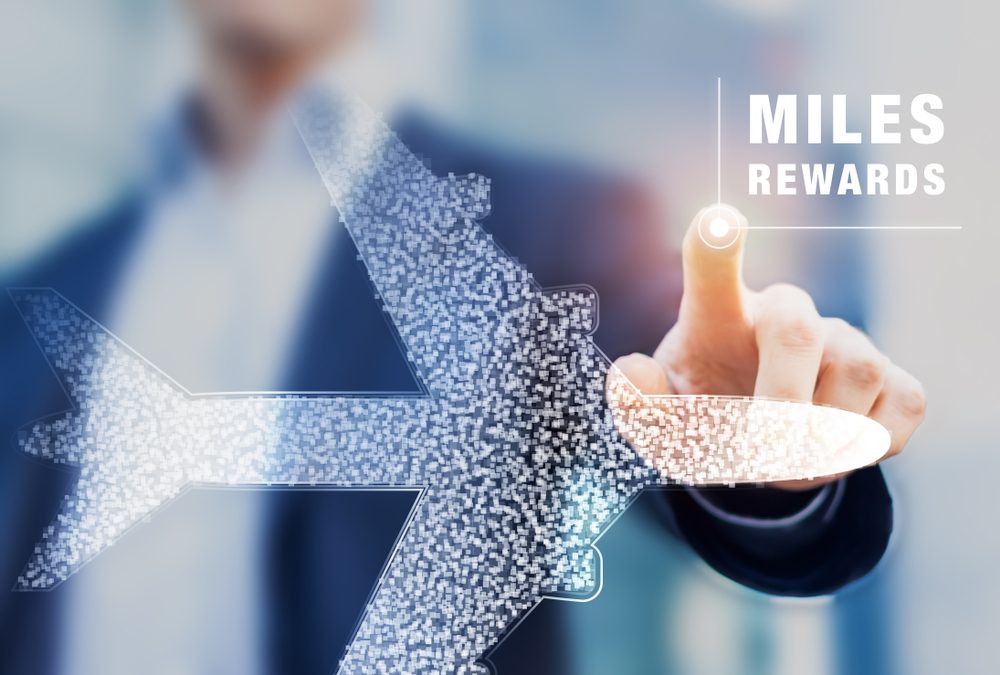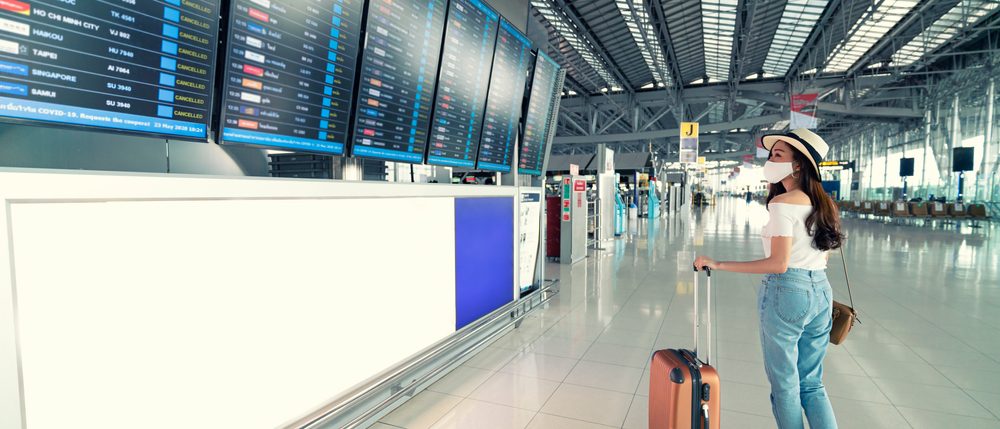To subscribe or not to subscribe? That is the e-commerce question. We’ve all signed up for subscriptions or loyalty programs for things we liked in the past but don’t like as much today and for all of us at a certain stage the time comes where we have to decide which subscriptions to keep and which to end.
It’s hard to decide and if you hesitate over keeping or not among more memberships you can imagine which one you enjoy the most or simply follow Marie Kondo’s rule and focus on the subscriptions that “spark joy”. If they don’t you might think of unsubscribing.
As COVID-19 turned the world upside down, we scrambled to find safe ways to get the things we love and enjoy. Not only did we change how we live and work, we also changed our purchasing habits, while brands rushed to adjust to a world beyond brick-and-mortar stores. Consumer demand for subscription offerings skyrocketed in the last year and a half, indicating a dramatic shift in our buying behaviour.
We all know subscription giants like Amazon, Netflix and Spotify, but this model is emerging in all sorts of sectors. For example, in the travel sector, subscription and loyalty programs have been around in the airline and hotel industries since the ‘80s, started by established brand names such as American Airlines, United Airlines, Hilton, Holiday Inn and Marriott.
In 2017, eDreams launched the world’s first travel subscription service, eDreams Prime, giving travellers access to flight and hotel discounts and special promotions and reaching more than one million global members this year.
The epidemic has affected the travel industry the most, therefore having a subscription-based model during the tourism downturn has been a lifeline for many travel brands.
But more than purely commercial transactions, subscriptions are a way to leverage and build loyalty on solid foundations. They create a relationship with implicit added value. In fact, loyalty is emotive: we put our trust in the subscription model, we want engagement in real time, we want a memorable experience and, most importantly, we want to belong.
According to data from the Subscribed Institute at Zuora in Boston, during the I Meet Hotel webinar on loyalty in June, the subscription economy has registered a growth of 350% in the last 7.5 years, exhibiting an annual increase of 26%, far outstripping the regular economy.
We are much more open to the idea of paid loyalty, and it’s not about money. Analysts argue that the hallmarks of a successful subscription travel business can be measured by members’ retention, perception of real value and levels of engagement. So, how is loyalty changing, and what does it mean for the travel industry?
Travel loyalty reinvented

Subscriptions: a more resilient model for travel brands
Subscriptions and memberships represent a way for travel companies to create lasting relationships with consumers but turning customers into brand loyalists is no easy feat.
In order to improve customer retention, travel membership models are evolving to embrace different aspects of travellers’ lives beyond the trip. Services that were once considered a perk, such as a travel agency providing a list of activities to do at the destination, no longer cuts it for the average customer.
This is also a result of the trend in worldwide tourism today: the increasing demand for experiential travel. “Consumers want to have life-fulfilling experiences when they travel, and they are seeking travel experiences that closely align to their own personal values,” said Laura Fink, VP of marketing at American Express Travel. We want to travel better, on a deeper emotional and more personal level.
When buying subscription services, travellers are committed beyond just a one-time purchase, even though they aren’t always rewarded for their consumption patterns. They want to access products and services however they fit in their lifestyle and this freedom engenders loyalty.
Targeting a new wave of remote workers
Being able to work from anywhere in the world spurred an alternative type of travel. The digitalization of the workplace and office culture over the past year has led to a boom in a form of lifestyle that was already popular before the pandemic: the so-called “digital nomadism”.
Short term rental providers saw their average length of stay driven upwards by on-the-move workers and travel subscriptions, such as eDreams Prime, became even more handy to help to hop from one place to another and travel further whilst saving money on every booking.
Recently, the hotel chain Citizen M launched a subscription service targeting freelancers or digital nomads, who want to “travel the world without missing a beat at work.” Charging a flat rate of £50 per night when purchasing one full month, subscribers receive the ability to stay at any Citizen M property for 30 consecutive days and discounts on food and beverages.
How travel loyalty programs are adapting to COVID-19

Most of us have spent more than a year dreaming about our last vacation or when the next one will happen. And for “travel addicts” engaged in airline and hotel loyalty programs, 2020 offered extremely limited opportunities to earn points or redeem travel rewards.
To fill this vacuum, travel brands have revamped loyalty programs shifting away from a transactional model towards a personalized value-based loyalty one. Let’s take a look at how travel brands are changing their subscription programs to keep members engaged until normal travel resumes.
Customer loyalty data
A survey from Data Axles shows that consumers loyal to travel brands look for more personalized travel experiences. 44% of customers would prefer brands to send them communication based on their past behavior, while 29% would like to see more messaging based on their demographic information.
Airlines, hotels, and travel brands need to leverage insights from loyalty programs’ data, providing personalized recommendations and showing that they understand customers’ preferences. For example, brands can send relevant promotions and create content by combining point balance and reward redemption history with trip history data, which would allow them to connect the right message to the right audience.
Greater flexibility and freedom
It might seem obvious but one of the main benefits that we have in the new normal is the flexibility to change plans. Companies like eDreams empower you to build your own itinerary using smart digital tools and make it easier for you to modify or cancel your plans.
The factors that promote loyalty may have shifted and short-term uncertainty may mean that options like the ability to change or cancel a reservation are more important than others and might happen in new places within the customer journey.
Annual travel subscriptions like eDreams Prime can provide you with choice and control, helping to build the necessary confidence to get back on the road and in the air. You have the freedom to travel more as you access discounted fares and, at the same time, you have the peace of mind of modifying or cancelling your plans if needed. And the recent past proves that flexibility is a crucial factor in fostering loyalty.
Providing additional ways to earn loyalty points and perks
During times of limited travel, travel brands tried to provide more ways for members to enjoy the benefits of their loyalty programs.
For example, Delta Airlines rewards miles for purchases at select grocery stores and both Delta and United Airlines encourage their members to donate mileage to good causes, showcasing a global trend of greater social awareness.
Future trends in travel subscription models

Let’s take a look at what travel subscriptions will look like in the future, when perhaps a sense of a new normalcy would have settled in.
It will be no surprise that some companies will add subscriptions to their mix of revenue streams, while others will have subscriptions as the main offering in attempts at becoming a sort of Netflix of travel: travellers will pay a monthly fee in exchange for package holidays with pre-chosen destinations, flights and hotels.
The surprise effect
Travel subscriptions will offer not only trips but also surprising experiences. For example, a chef will come to our vacation rental and cook a gourmet dinner or we will be able to book properties with desirable designs and locations and have perks upon arrival like champagne or panoramic views.
More privileges
Travel subscriptions will enhance their offering by stacking many more perks on top of the basic offering: vouchers for short-term parking at the airport, access to faster security lanes via biometric identification, and many more.
Environmental impact
Many travel companies will become more and more conscious of their environmental impact and they will try to reduce their footprint by incentivizing more sustainable practices.
For instance, Amsterdam’s Schiphol Airport is currently using a subscription-based lighting service with a longer lifespan that is better for the environment. The airport has entered into an agreement based on the concept of a circular economy in which two partners Philips and Cofely supply the lighting for the terminals, retaining ownership for the lighting equipment while Schiphol is paying for the light used.
Both partners use LED-based products that extend the life of the fittings by 75%. Moreover, at the end of their service life the lamps are collected for recycling purposes and the complete fittings materials can be reused, minimizing waste and reducing raw material consumption.

The 2020s marked the beginning of a new era. Tourism may be going through a rough time, but what never changes is our thirst for discovery and the desire for new travel adventures.
The eDreams Prime programme has been named ‘the world’s first travel subscription’. This loyalty model is quickly gaining momentum and travel subscriptions will soon be mainstream and attainable for most of us. If you feel you’re ready to roam the world, try the eDreams Prime subscription and save on every travel booking.



